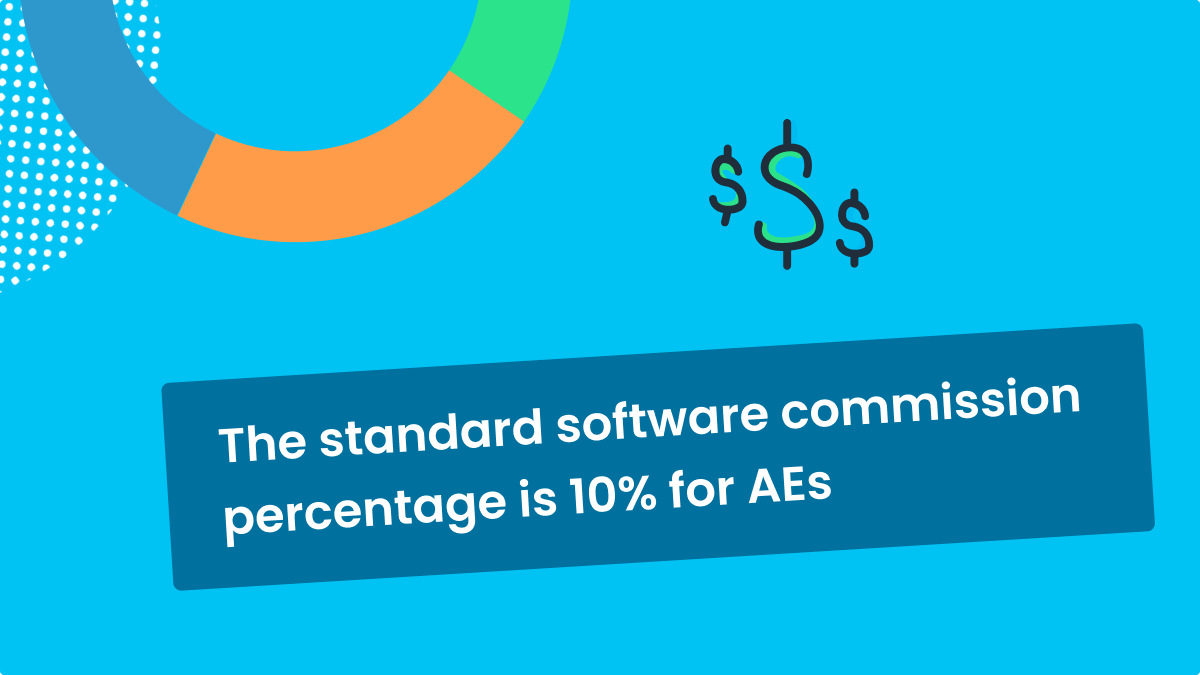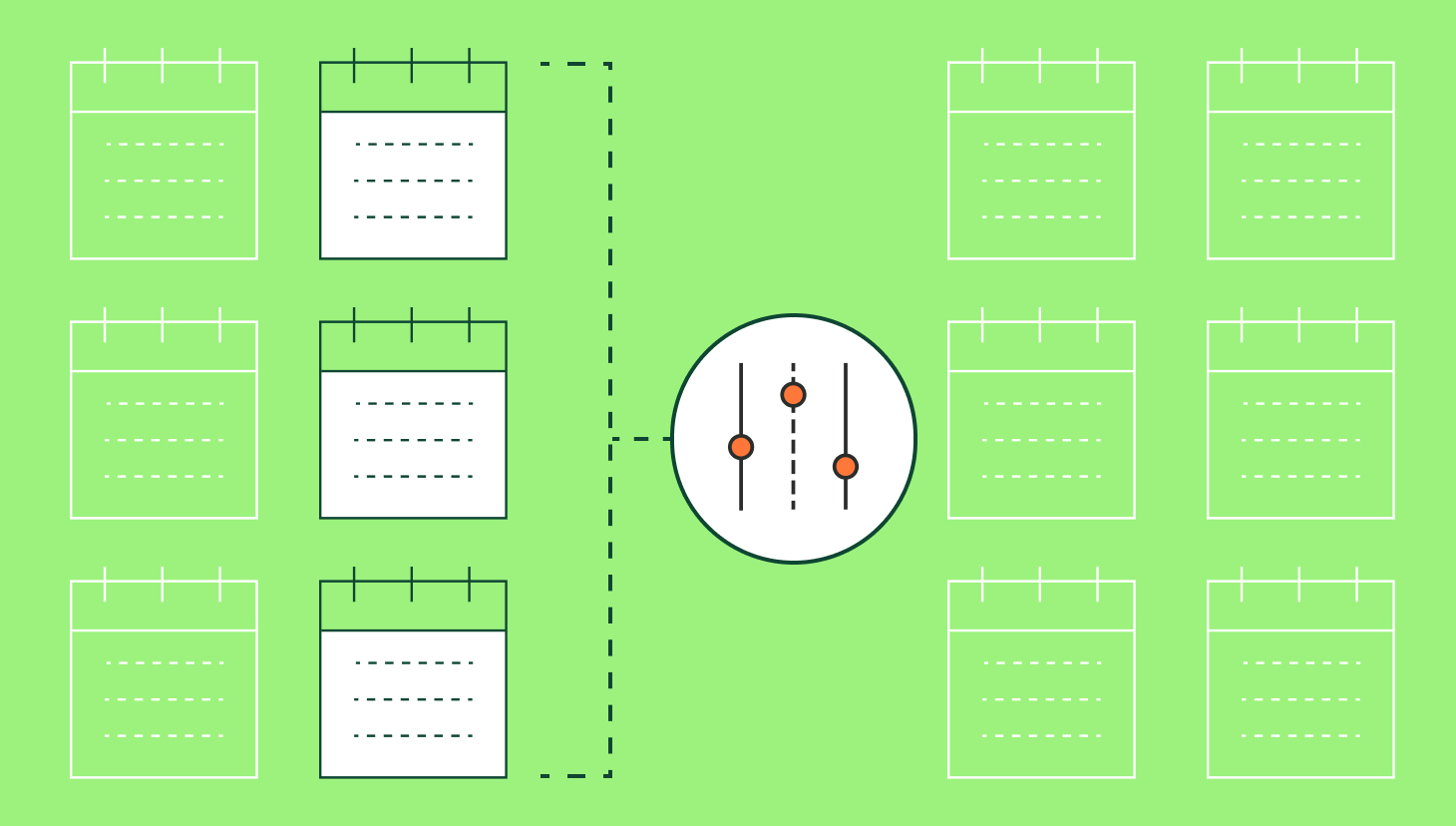This blog includes the most commonly used software sales commission percentage with multiple compensation plan templates to explore for your own use.
The “Great Resignation,” a nickname for the millions of employees who voluntarily left their jobs in 2021 and 2022, has shifted.
Now, we sit amid a “Great Restructuring,” as tech layoffs continue to mount. In March 2023, for instance, Layoffs.fyi tracked another 30,000 layoffs from 79 tech companies with four days left in the month.
As these layoffs have piled, so have chatters of lower on-target earnings for SaaS sales reps.
However, in our experience partnering with hundreds of growing SaaS companies, we haven’t noticed major changes to compensation packages or with the standard software sales commission percentage.
Try the most collaborative solution to manage, track and payout variable compensation. Calculate commissions and pay your team accurately, and on time.
Start TrialWhat is the standard software sales commission percentage?
We define the standard software commission percentage as the amount of money a software company pays its salespeople for each sale they make.
This percentage often varies depending on the type of software, product, size of the company, and role. But in general, the standard software commission percentage is 10% for account executives.
As such, that’s why you will see most of our commission calculators begin with a 10% rate, or a base rate of 10%.
Below we look into some of the factors that can impact your software sales commission percentage.
The type of software and subscription
The type of software sold can affect the commission rate. For example, software that is sold on a monthly subscription basis, such as cloud-based software, typically has a lower commission rate than software that is sold on an annual basis.
This is because monthly subscriptions have a higher probability of churning since they aren’t committed to 12-month terms. As such, a company might pay a lower commission rate for monthly subs and a higher one on annual ones to encourage reps to sell the latter.
The size of the company
Additionally, the size of the company can also affect the commission rate. Larger companies typically have lower commission rates than smaller companies. That’s because larger companies have more resources going into the deal which increases the cost of the deal. Think marketing, research and development, sales engineering, and more. For smaller-stage companies, reps typically earn a higher rate because companies aren’t spending quite as much to win deals.
Role of salesperson
If your AE earns 10% on each deal they bring in, would you expect the sales development rep to earn the same once the deal closes? We hope not. Paying that much would impact your gross profit margin and effective rate.
As such, SDRs typically have a lower commission rate than salespeople who are responsible for closing deals. For instance, our SDR compensation plan template that pays the SDR a percentage on Closed/Won deals that began as leads generated by the SDR pays 4%.
Account managers also typically receive a lower commission rate on upsells and renewals, such as 5%.
However, early signs of an AM commission rate shift have begun unfolding in 2023, and with good reason.
Since the venture capital world has changed over the last 20 months, now investors are looking for risk-free companies. And one of the best business metrics that indicate a healthy company includes gross revenue retention (GRR). So if, you’re focused on GRR, consider increasing the software sales commission percentage on renewals and upsells.
Product lines
The products sold can also affect the commission rate. Products that are high-value, such as enterprise software, typically have a higher commission rate than products that are low-value, such as consumer software. This is because high-value products are more likely to generate a significant amount of revenue for the company, which means that the company is willing to pay a higher commission rate to salespeople who are able to generate sales.
You might also see compensation plan examples that pay lower commission rates on products that do not generate as much revenue for the company, or products that the company plans on sunsetting. We recommend this tactic when looking to motivate your reps to sell more lucrative offerings.
RevOps, sales leaders, and finance teams use our free tool to ensure reps’ on-target earnings and quotas line up with industry standards. Customize plans with accelerators, bonuses, and more, by adjusting 9 variables.
Build a Comp PlanHighest commission rates and lowest
In general, the highest SaaS commission rates you’ll see are around 20%. That’s very high though, and we would only recommend this commission structure for companies that have low customer acquisition costs or on products and services with high gross margins.
Benefits of a standard software sales commission percentage
A standard commission rate in SaaS can provide a number of benefits, including:
- Creates a more equitable sales environment. When all salespeople are making the same commission rate, it can help reduce competition and create a more collaborative sales environment. This is because salespeople are not competing against each other for higher commission rates but instead are focused on working together to close deals.
- Simplifies sales compensation. When you have a standard commission rate, you don’t need to worry about different commission rates for different salespeople or different products. This can make it easier to track sales commissions, communicate variable compensation to your team and gain buy-in from your team.
- Improve sales performance. When salespeople know that they are making a fair commission rate, they may be more motivated to close deals.
- Reduce sales costs. When you have a standard commission rate, you don’t need to worry about overpaying salespeople.
Overall, a standard commission rate can provide a number of benefits for both salespeople and companies. If you are looking to improve your sales team’s performance, a standard commission rate may be a good option to consider.
Drawbacks
One of the only drawbacks regarding standard commission rates is that they can deter top performers who exceed quota.
Salespeople who are highly motivated and experienced may be looking for a commission rate that is higher than what you are offering.
So, to absolve that concern, consider a compensation plan template that includes a base rate on all deals that close up to 100% of the quota and an accelerated rate for all deals thereafter. For inspiration, check out the Commission with Accelerators example.
“When I worked in a public company and a private company, I never had accelerators less than 2x, and then I bumped to 3x,” said Inside Partners Operating Partner, Sales & Customer Success Pablo Dominguez. “I love to pay those top 10% of reps a shitload.”
Sales compensation plan examples with 10%
For additional sales compensation plan examples that feature a 10% software sales commission percentage, check out:
- Single Rate Commission Plan
- Single Rate Commission with Contract Term Multiplier
- Commission with Accelerators & Decelerators
Interested in automating sales compensation management and commission tracking? Start a 30-day free trial with QuotaPath and sync your CRM to uncover the benefits of commission transparency and accuracy.



